Wedding planning questions you may not have considered
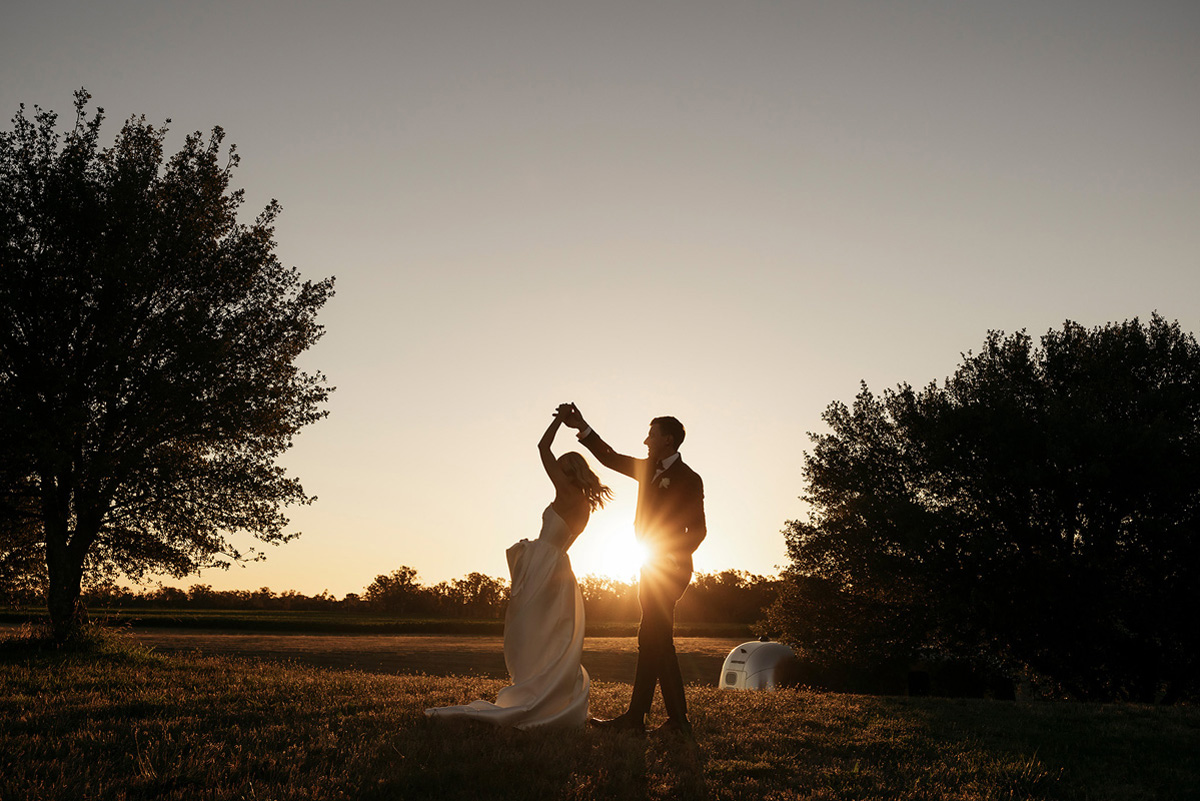
Photo Katie Harmsworth
There’s no hard and fast rulebook surrounding how a marriage should be celebrated, or what needs to happen on a wedding day. For some, it’s a grand affair with all the bells and whistles, and for others, an intimate show of love with little fanfare.
Regardless of your preferred approach – planning a wedding is centred around some big decision making, and oftentimes, conversations with suppliers or your support network will bring about questions you might not yet have considered.
Here we shine a light on some of the more lesser-known planning aspect of wedding planning – seemingly small questions you might not have considered, but that will help your dream day take shape.
What is tradition, what is ‘law’?
The beauty of a civil marriage ceremony in Australia is that almost everything is up for grabs. There is minimum legal wording required to be stated by the officiant and the marrying couple – and of course, the accompanying legals documentation – but beyond that – free game!
Don’t want to walk the aisle? No problem. Not interested in a wedding party? You don’t ‘need’ one. Not keen on exchanging wedding bands? Bin it!
When it comes to the reception celebrations – traditions such as a first dance, wishing well, formal bridal table, garter toss etc, are by no means concrete inclusions. Think of wedding planning as a buffet – take what you love and respectfully pass on the rest.
Be guided by your suppliers, who will let you know how things might ‘typically’ work, but also push the boundaries and question certain elements – its often the best way to ensure your day is truly your own.
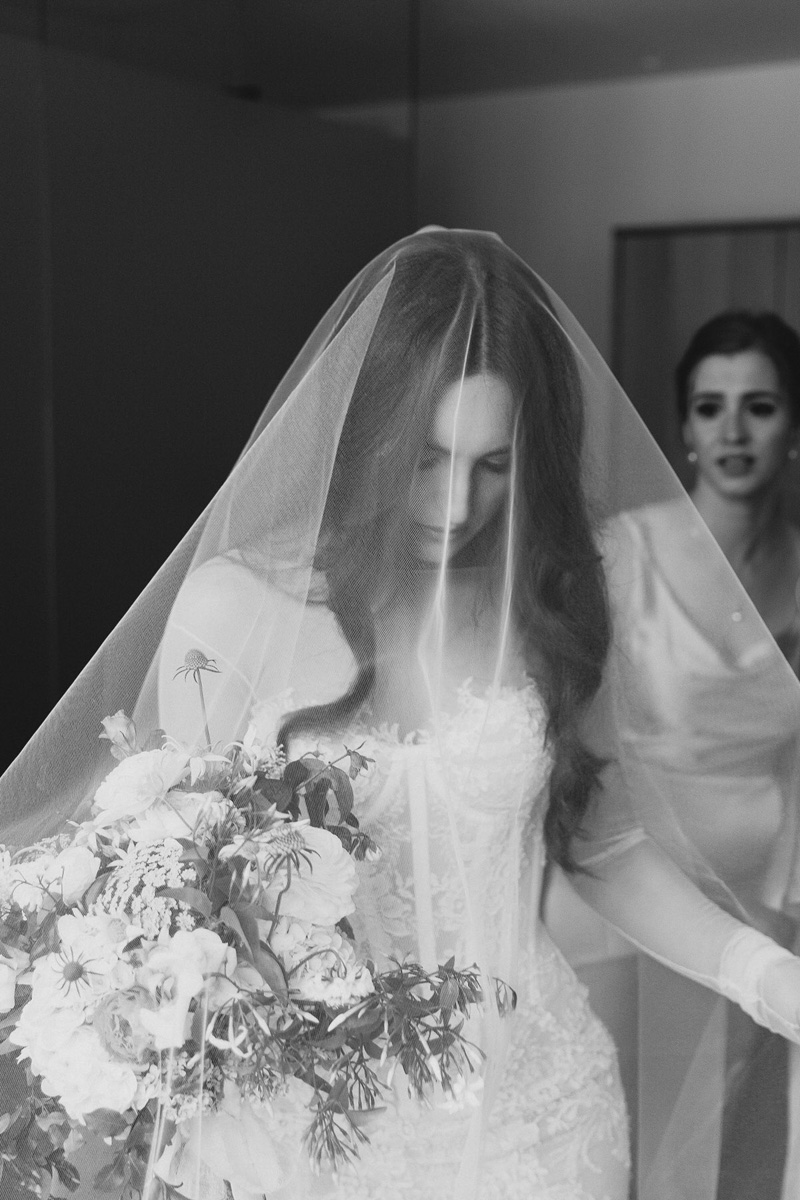
Photo: Jess Nicholls
When do I pull back my veil?
If you’re opting for an over the face veil to accompany your wedding day look – you can consider the following. You may opt to have it pulled back as soon as you reach the top of the aisle and before your ceremony commences. This will allow your full face to be in view whilst the marriage is being officiated – allowing for eye contact with your guests, and ensure unobstructed photographs as the moments unfold. Alternatively, some couples choose to have the veil remain over the face until the declaration of marriage – whereby the marrying partner pulls it back before the couple shares their first married kiss. Anything goes. It’s just worthwhile considering your preferences so in the moment, the decision has been taken care of.
Who removes the veil?
If you’re being accompanied down the aisle, the person doing those honours may pull back the veil for you before taking their place at the ceremony, or your soon-to-be husband or wife may step in for the job. Hell, you can even take the reins and do this yourself!
What do I do with my engagement ring?
A handy hint here is to consider slipping your engagement ring onto your right hand before taking to the aisle. This will allow a naked finger for the upcoming ring exchange, but does mean that your engagement ring is close by enough for you to slip it back on whilst signing takes place. Alternatively, have a guest keep your ring safe until the end of the ceremony and then place it back on your hand.
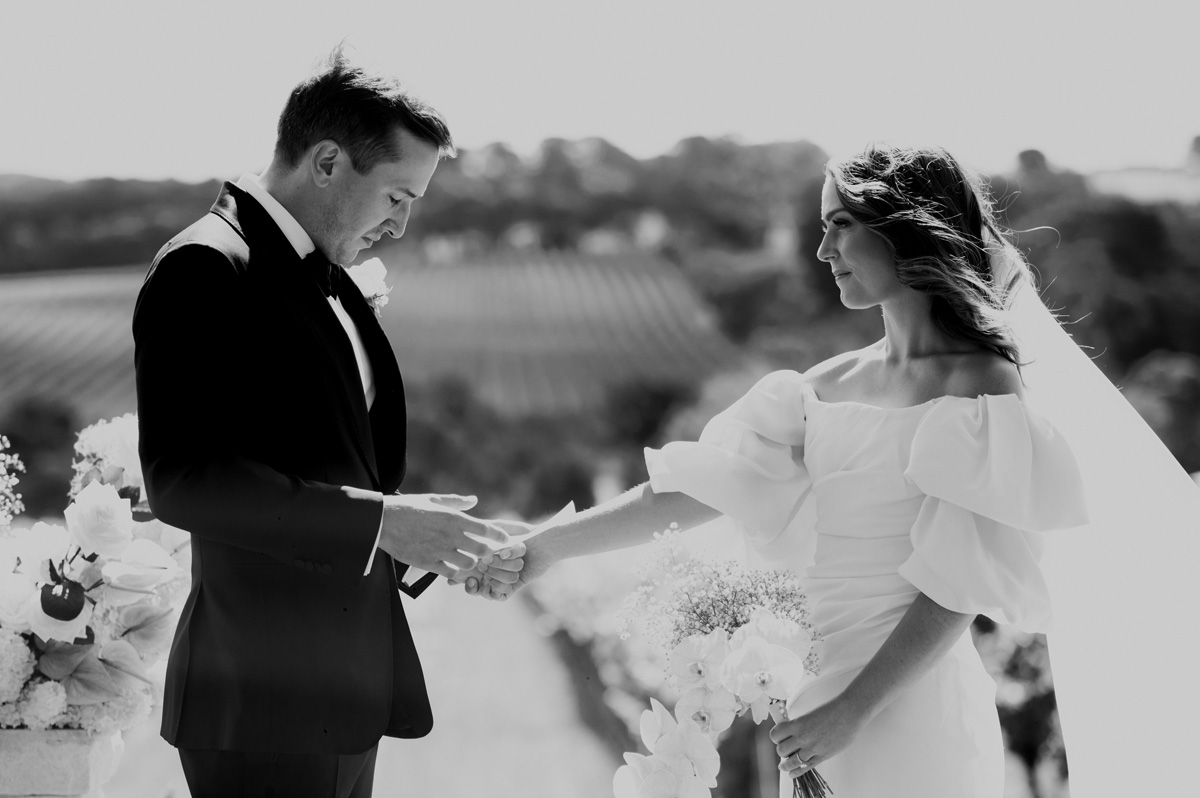
Photo: Tahnee Jade Photography
How should I hold my bouquet?
Often, our natural inclination when nervous is to bury our faces behind whatever we have in our hands! This is so common. What we’d suggest practising, is holding your bouquet nice and low, belly button or lower, so as to open up your posture, allow your face to be in full view, and show off that glorious ensemble you’re sure to be dazzling in.
What do I do with my bouquet during the ceremony?
After you’ve walked down the aisle and are standing with your partner, you’re likely to want to hold their hands or hand throughout your ceremony. With this in mind, you can hand your bouquet off to your wedding party as soon as you reach the front of your ceremony, freeing yourself up, or hold it with one hand through the ceremony, until it gets to the more formal part of exchanging vows and rings. Not having a wedding party? No worries, allocate a guest to come forward and hold your bouquet while they are seated during your ceremony. Alternatively, you can pop it straight on the signing table too.
Do we need to specify a dress code?
Not necessarily! If you’re unphased by what your guests wear to your wedding, you can let it slide, however, a dress code is often a nice guide for guests who want to ensure they meet expectations of your venue or the celebration you have planned. It can be as simple as sharing that it will be a cocktail affair, or that no denim is preferred – whatever floats your boat. Need a hand de-coding dress codes, we have a blog post to help.

Photo: Bianca Virtue
How far in advance do I send a ‘save the date’?
Is your wedding interstate or overseas? Taking place over a long weekend or on a public holiday? Consider some of these factors when deciding to ‘save the date’. You can send these at anytime, however 8-12 months out will ensure your who’s who are in the know, and able to arrange their own plans with ample time.
When should we cut the cake?
Take a bird’s eye view at your reception run sheet and see where this tradition slots in. It only takes a moment, and oftentimes can take place upon immediate entry of the reception, or between dinner service and the couple’s first dance.
Consider the cake’s purpose in deciding this order of proceedings too – is it to be cut and served, or are you opting for an alternate dessert option? Your wedding venue, MC and entertainers will act as a great guide as to a cohesive order of things.
What do we do if we don’t want a wedding cake?
That’s okay too! You might then consider alternatives such as plated desserts, roaming sweets, a champagne tower, cheese wheel, ice-cream cart or cocktail bar.
Do I need a bag or a clutch of my own on the day?
If you’d like a designated space for some smaller items, such as your phone, mints, lip balm or perfume, taking your own bag with you can work well. However, ensuring somebody takes care of it for you can be useful. Alternatively, split these items amongst your A-team who will be with you on the day and you’ll be in good hands.
How do we ensure we get all the photos we have in mind?
Wedding photographers are magic. Open communication in your planning with them will ensure they are aware of your preferred photo requirements and the things you might like captured on the day. Oftentimes they will ask for a shot list of family members in specified groups to help logistically co-ordinate this aspect of the day, and offer their advice for making the process seamless. We would also advise being open to things not always going to plan. Sometimes we run out of daylight, other times we decide in the moment that a pre-discussed location is no longer the best option – trust in your team and know that you’ll not be disappointed.
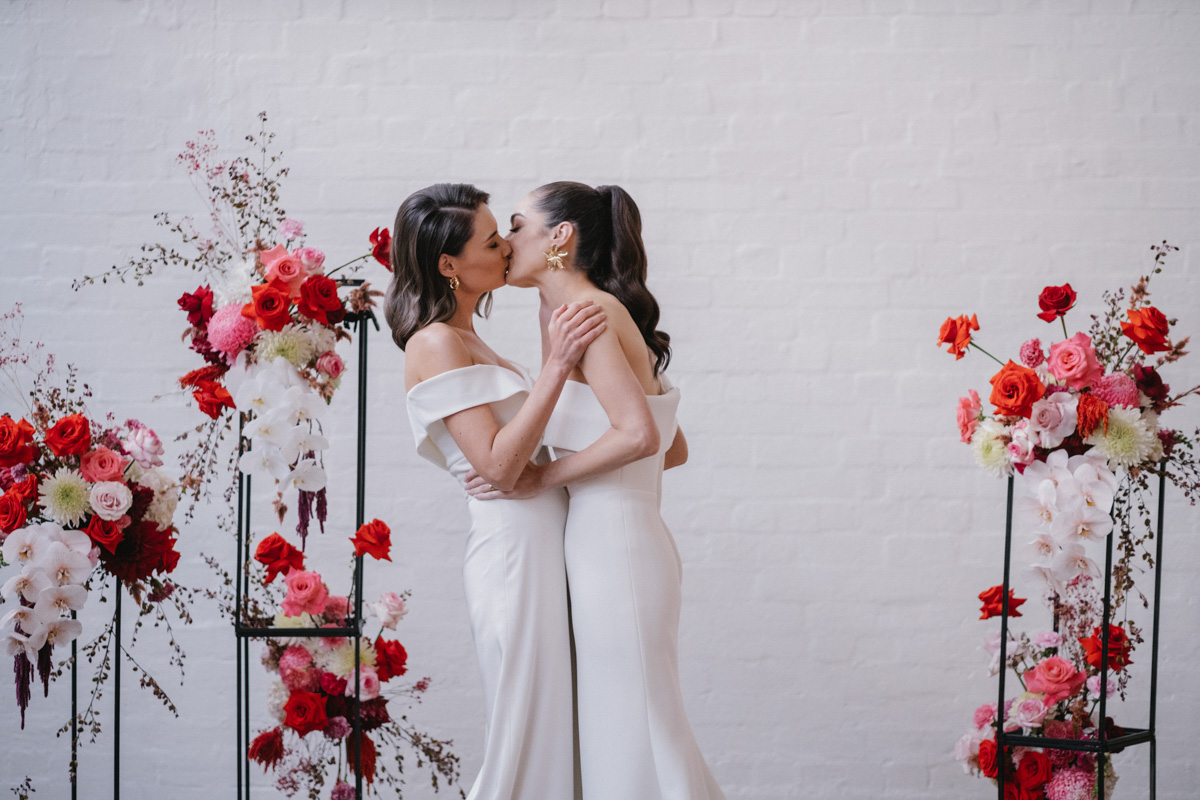
Photo: Duuet Weddings
Can we use our nicknames?
For stationery, signage and anything else bearing your names – you do you! If the thought of your full names makes you cringe, or your guest simply know you on other terms – opt for what feels most comfortable and will resonate. When it comes to your ceremony, its perfectly acceptable to ask your officiant to use your go-to names throughout, keeping in mind that for the legal components, they’ll at least once require your full names to be stated.
How do we know when to kiss?
You’re ‘allowed’ to kiss when and wherever you damn well want to! Meeting at the top of the aisle for the first time on the day? Kiss if you wish! Mid-vows? Go for it. The idea that you’re not allowed to show affection until you’re formally married is an archaic one. When it comes to the typical ‘first kiss’ moment of the ceremony proceedings – your officiant will let you know when this takes place. They may invite you to share your first married kiss, or use a phrase such as ‘go ahead and kiss your bride/groom/partner’ in the moment.
Who should we choose as witnesses to sign our certificates?
So long as they are over the age of 18, your witnesses can be whoever you like. This may be a role you want to discuss with your partner beforehand – would you like to invite older family members to join for the special moment? Parents, grandparents or siblings usually feel a real sense of honour in these roles. You might instead like to make it random, and have your officiant call up somebody in a witness raffle or other light-hearted inclusion. While ‘traditionally’ this role was given to the ‘best man’ and ‘maid of honour’, it’s by no means something you have to do.
Do I sign our certificates with my current or ‘new’ signature?
Use your current signature! These legal documents need to reflect your exisiting paperwork and identification. Now is not the time to practice your fancy new signature, should you be opting for one.
What happens to our marriage certificate after the ceremony?
Your gorgeous commemorative certificate of marriage will stay with you once the ceremony ends. We suggest electing a trusted guest or supplier with the task of keeping it safe until after the day. Be mindful of leaving certificates at gift tables or in bridal suites – spilled drinks or other accidental mishaps are very common.

Photo: Nikki McCrone Photography
How many song choices do we need to make?
Depending on the structure of your day, you may start thinking about some of the following music moments:
Processional (walking the aisle)
Signing
Recessional (walking back down the aisle)
Reception entry
First dance
Father/daughter/mother/son/special person dance
Background music that you love for all of the moments in between.
Wedding parties – who pays for what?
This one is a tricky topic, as there are no rules set in stone and everyone’s expectations of who pays for what will be different. To avoid any awkward tension, communication is key. When you’re setting your wedding budget with your partner, determine whether you can afford to pay for your wedding party’s expenses such as outfits, accessories, beauty etc. If you can, great, communicate this with your wedding party and enjoy the planning and celebrations. If you’re finding you don’t have the dollars to foot the entire bill, be open with your wedding party about this from the get-go. This gives them the opportunity to consider whether they can afford to be part of your wedding party or not. Honesty, open communication and sometimes compromise will see this topic being a much easier one for all!
How do we formally change our names after marriage?
If you’re keen to change your surname after your marriage you will need to apply for a copy of your official marriage certificate from Births, Deaths and Marriages in the state where you were married. The certificate you receive on your wedding day is a commemorative certificate, so the official marriage certificate is the one you need to inform organisations, institutions and companies that you wish to change your name. The process may be different from place to place, so call them or look up online exactly what steps and documents you need to show in order to do this. Once you’ve taken the steps required, they will change to your preferred name in their systems and issue any cards or documents you need.
Should we ask everyone to refrain from using their phones during our ceremony?
You may have heard the term ‘unplugged wedding’ in the wedding world and this generally means that the use of devices (phones, cameras and iPads etc) are not used by your guests, typically throughout the ceremony, but it can also extend to the reception too. Unplugged weddings can be a great way to ensure your guests are fully immersed and engaged in your ceremony, rather than hiding behind their phones as they try and capture the moments, it also helps photographers to not feel like they’re fighting for space with your guests to get the best shots as the aisle walk takes place. Generally the celebrant will announce to guests the expectations when it comes to use of devices, as some couple’s will also request that no one posts any images of the day to social media until the couple themselves had the chance to do so. If you’re a couple who love the idea of your guests being present throughout the ceremony, but would still like a few sneaky snaps, perhaps designate one or two guests who you allow to snap away – but alert your photographer and celebrant to this.
What is a first look and should we do one?
Once again, you might have heard the term ‘first look’ and not quite understood what it means. A first look is when a couple see each other for the first time, typically before the ceremony. The advantages of a first look are many. It’s a really intimate moment for you and your partner to spend a little time together before you seal the deal, and definitely can help settle any pre-ceremony nerves. First looks also allow for some incredible imagery to be taken by your photographer as you experience this moment and you also get an earlier start to your photos, which may help if you have a jam-packed timeline later in the day, or it frees up more time to spend with your guests. Talk to your partner, talk to your photographer and see if it’s right for you.
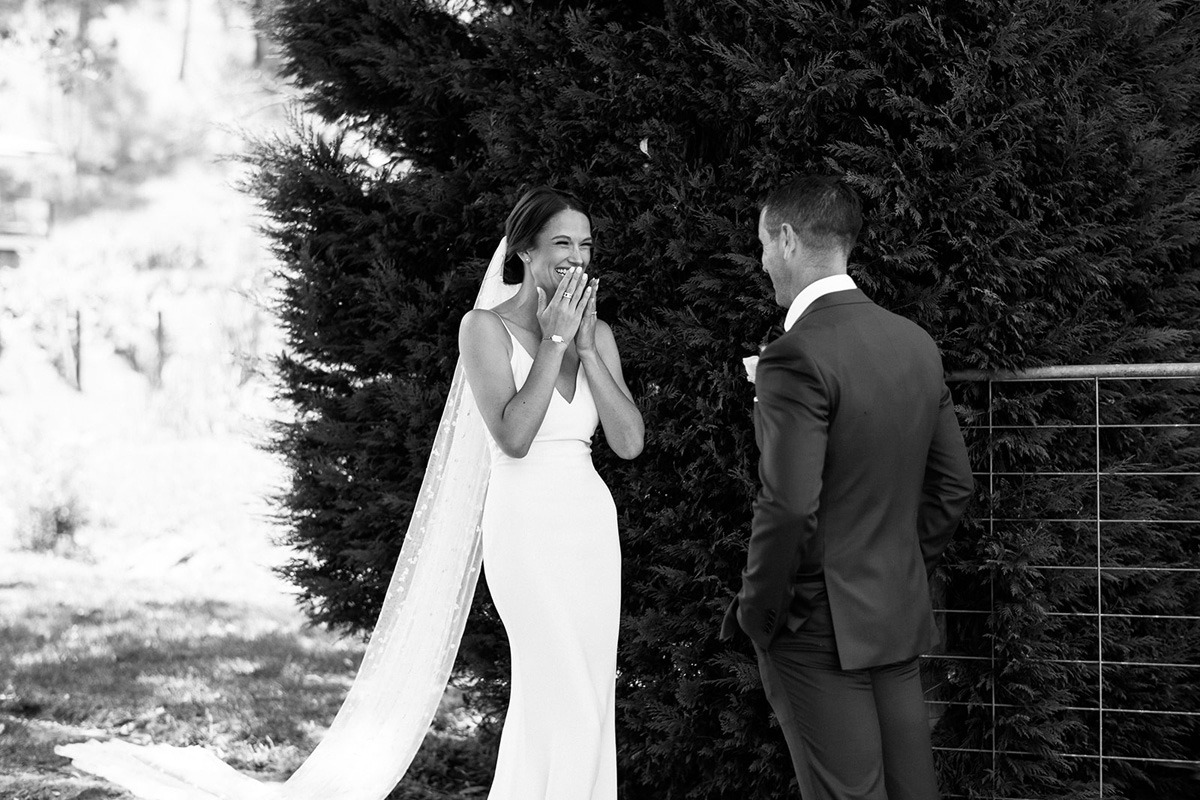
Photo: Tess Follett
Need trusted wedding suppliers to help you bring your dream day to life? We have a host of talent who we whole-heartedly recommend and endorse to do exactly that. See our wedding supplier directory here.



